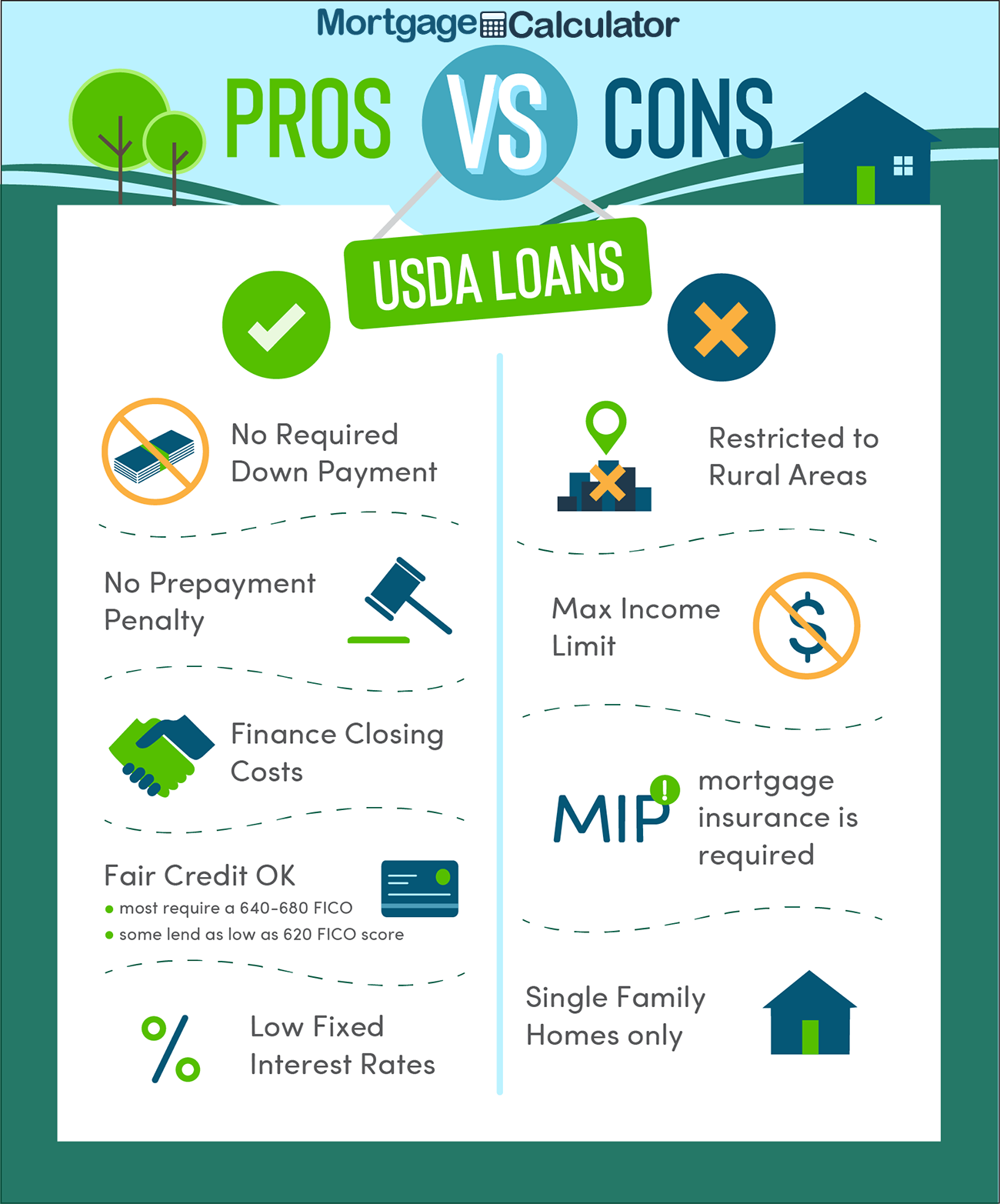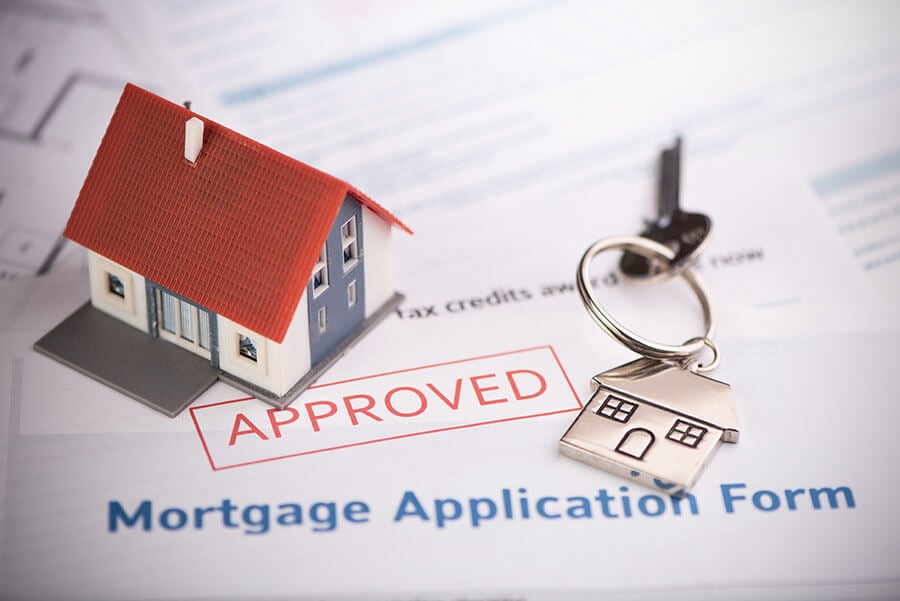Step-by-Step Process to Apply for Conventional Mortgage Loans
Step-by-Step Process to Apply for Conventional Mortgage Loans
Blog Article
The Vital Aspects to Think About When Deciding On In Between Fixed-Rate and Variable-rate Mortgage Car Loans
When evaluating home mortgage choices, debtors face a crucial choice between fixed-rate and adjustable-rate loans, each providing possible challenges and distinctive advantages. Trick considerations such as interest rate stability, predictability in regular monthly settlements, and the effects of prospective price modifications can substantially influence long-lasting monetary health and wellness.
Rate Of Interest Security
When picking a home loan, understanding interest price stability is vital for educated decision-making. Interest rates can substantially impact the overall cost of a home loan, and recognizing the nature of these rates is crucial for debtors.
On the other hand, variable-rate mortgages (ARMs) start with reduced initial prices that might change periodically based upon market conditions. While this can lead to lower settlements initially, it additionally introduces unpredictability, as consumers might encounter boosted settlements if rate of interest rates climb. For those considering an ARM, it is crucial to evaluate the possibility of price changes, the possibility for settlement increases, and the size of the first fixed-rate duration.
Eventually, the choice between fixed-rate and adjustable-rate mortgages rests on individual risk tolerance and monetary conditions. Comprehending rate of interest stability assists consumers make informed choices that line up with their long-lasting economic goals.
Monthly Settlement Predictability
While customers usually focus on rates of interest security, the predictability of month-to-month repayments is just as essential in the home mortgage option procedure (Conventional mortgage loans). Month-to-month repayment predictability plays a critical duty in budgeting and economic preparation, as it directly influences a home owner's capital and overall economic wellness
Fixed-rate home mortgages supply a consistent regular monthly payment throughout the life of the lending, allowing borrowers to expect and prepare their costs effectively. This stability can be particularly beneficial for first-time property buyers or those on a set income, as it gets rid of the uncertainty connected with rising and fall settlements.
Alternatively, variable-rate mortgages (ARMs) typically include reduced initial repayments that can change over time, causing potential irregularity in monthly commitments. While at first enticing, this unpredictability can make complex economic preparation, especially if debtors do not account for future rate changes.
Possible Rate Modifications
In the realm of variable-rate mortgages (ARMs), potential price changes represent a significant factor that borrowers must very carefully take into consideration. Unlike fixed-rate home mortgages, where the rates of interest stays unmodified for the life of the funding, ARMs are characterized by fluctuating rates of interest that are tied to market indices. This variability can bring about significant changes in regular monthly settlements, affecting the borrower's monetary planning and budgeting.
Debtors should be aware of the margin and index made use of to determine these adjustments, as they straight affect future rate of interest prices. In addition, ARMs commonly consist of caps that restrict how a lot the passion price can raise at each change and over the life of the car loan, which can offer some degree of security against drastic price walkings.
Recognizing these possible adjustments is crucial for consumers, as they straight influence long-term repayment responsibilities. Evaluating personal economic situations and run the risk of tolerance is important when determining whether an ARM aligns with one's financial objectives.
Finance Term Considerations
Financing term considerations play a pivotal function in the decision-making process for consumers picking between fixed-rate and adjustable-rate home loans. The length of the funding term dramatically affects monthly settlements, interest prices, and general financial preparation.

Inevitably, customers should assess their personal scenarios, financial goals, and market problems when evaluating the implications of car loan term choices within each home loan kind.

General Cost of Borrowing
The helpful resources general expense of borrowing is an essential aspect that can dramatically affect a customer's option between fixed-rate and adjustable-rate home loans. Fixed-rate home loans supply foreseeable month-to-month settlements, as the rate of interest rate stays continuous throughout the funding term. This predictability can bring about reduced general expenses, specifically in a stable or declining passion rate setting. Debtors can spending plan properly, knowing their settlements will not vary.
Conversely, adjustable-rate click this link mortgages (ARMs) usually begin with reduced first rates, causing minimized upfront costs. Nevertheless, these prices can boost after a preliminary period, causing potentially greater long-term costs. Customers must consider the regularity and level of price adjustments, along with the general car loan duration, to accurately examine the monetary implications.
Moreover, the total expense of borrowing includes not only passion prices yet likewise costs and other linked prices, such as closing prices and insurance coverage (Conventional mortgage loans). When evaluating home loan alternatives, customers ought to carry out a comprehensive cost analysis over the life of the lending. By doing so, they can make an informed choice that aligns with their economic objectives and run the risk of tolerance
Conclusion
Rate of interest price stability and monthly repayment predictability are vital for efficient budgeting, while the possibility for rate modifications in ARMs presents financial uncertainty. In addition, the awaited period of homeownership and the general cost of borrowing, including passion prices and connected costs, should line up with individual monetary conditions and take the chance of tolerance.
Key factors to consider such as rate of interest rate security, predictability in monthly repayments, and the ramifications of prospective rate changes can significantly impact long-lasting economic wellness. Passion rates can substantially affect the overall expense of a home loan, and identifying the nature of these rates is vital for borrowers. Unlike fixed-rate mortgages, where the rate of interest rate continues to be unmodified for the life of the lending, ARMs are defined by varying passion prices that are linked to market indices. In addition, ARMs usually include caps that restrict just how much the interest rate can raise at each modification and over the life of the car loan, which can supply some level of security against radical rate hikes.
Interest rate security and regular look here monthly settlement predictability are paramount for effective budgeting, while the possibility for rate adjustments in ARMs introduces economic uncertainty.
Report this page